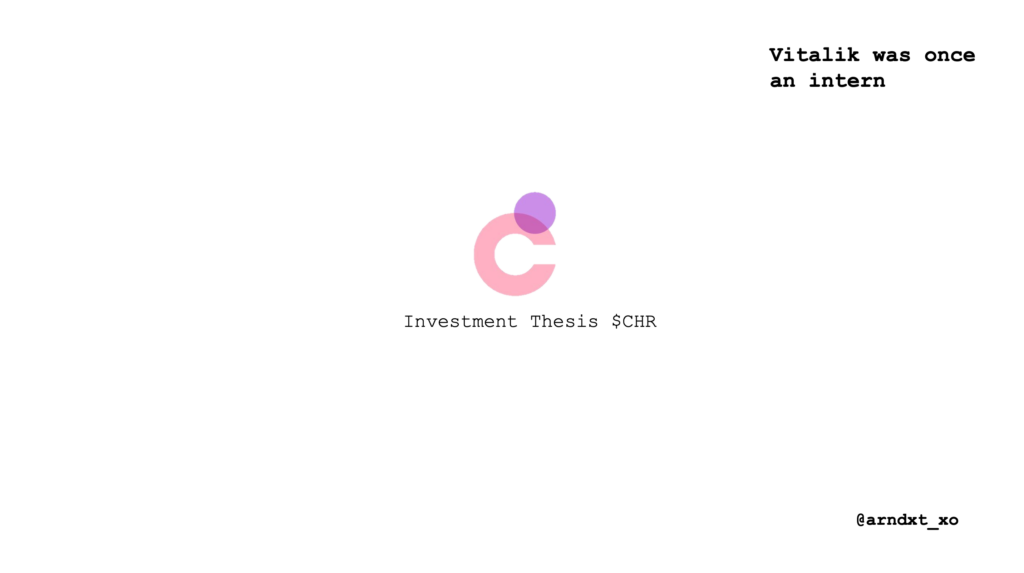Research Summary
The report discusses the rise of decentralized storage, highlighting projects like Filecoin, Arweave, and Storj. It explains how these networks operate on a peer-to-peer model, encrypting and distributing data shards among user-driven storage providers. The report also discusses the advantages of decentralized storage over centralized solutions, including enhanced accessibility and data redundancy. It further delves into the integral components of decentralized storage networks, their incentive systems, and the market dynamics of the sector.
Key Takeaways
Decentralized Storage: A Rising Trend
- Increased Adoption: Decentralized storage networks, such as Filecoin, Arweave, and Storj, have seen increased adoption in recent years. These networks operate on a peer-to-peer model, encrypting and distributing data shards among user-driven storage providers.
- Advantages Over Centralized Storage: Decentralized storage enhances accessibility and ensures data redundancy, offering advantages over centralized storage solutions that monopolize control over user data.
- Integral Components: Decentralized storage networks are defined by four integral components: data storage structure, consensus & challenge algorithm, data persistence, and storage incentive. These networks utilize blockchain frameworks or P2P models, with miners or service providers offering their storage capacities in exchange for fees.
- Market Dynamics: The decentralized storage market is largely driven by open market forces, while the centralized storage market is influenced by a few tech giants. The market capitalization of notable projects in the decentralized storage sector is predominantly captured by Filecoin, Arweave, Storj, and Sia Network.
- Future Outlook: The outlook for decentralized storage remains optimistic, driven by the surge in global data generation and rising interest in blockchain technology.
Actionable Insights
- Explore the Potential of Decentralized Storage: With the rise in global data generation and increasing interest in blockchain technology, decentralized storage presents a promising area for exploration. It offers unique advantages over centralized storage, including enhanced accessibility and data redundancy.
- Understand the Integral Components: To fully leverage the potential of decentralized storage, it’s crucial to understand its integral components, including data storage structure, consensus & challenge algorithm, data persistence, and storage incentive.
- Monitor Market Dynamics: Keeping an eye on the market dynamics of the decentralized storage sector can provide valuable insights. Notable projects like Filecoin, Arweave, Storj, and Sia Network are currently dominating the market capitalization in this sector.
- Consider the Challenges: Despite its potential, decentralized storage faces challenges such as the volatile nature of digital assets, the complexity of user experience compared to centralized storage services, limited product offerings, and the lack of public awareness and understanding of blockchain technology. Overcoming these barriers requires industry-wide initiatives to refine the user interface, enhance functionality, and increase public recognition of decentralized storage platforms.













